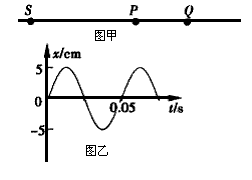Low levels of literacy and numeracy have a damaging impact on almost every aspect of adults, according to a survey published yesterday, which offers (1) of a developing underclass. Tests and (2) with hundreds of people born in a week in 1958 graphically illustrated the (3) of educational underachievement. The effects can be seen in unemployment, family (4) , low incomes, depression and social inactivity.
Those who left school at 16 with poor basic skills had been employed for up to four years less than good readers (5) they reached 37. Professor John Bynner, of City University, who carried the research, said that today’s (6) teenagers would even encounter greater problems because the supply of (7) jobs had shrunk.
Almost one fifth of the 1,700 people interviewed for yesterday’s report had poor literacy and almost half (8) with innumeracy, a proportion (9) other surveys for the Basic Skills Agency. Some could not read a child’s book, and most found difficult (10) written instruction.
Poor readers were twice as likely to be a low wage and four times likely to live in a household where partners worked. Women in this (11) were five times as likely to be (12) depressed, (13) both tended to feel they had no control over their lives, and to trust others (14) .
Those who had low literacy and numeracy were seldom (15) in any community organization and less likely than others to (16) in a general election. There had been no (17) in the literary level of (18) reporting problems.
Alan Wells, the agency’s director, said: “ The results emphasize the dangers of developing an underclass people, who were out of work, (19) depressed and often labeled themselves as (20) . There is a circle of marginalization, with the dice against these people and their families.”
5()
A.the time
B.the instant
C.the moment
D.the point


 ,波传到Q点时,P点振动了
,波传到Q点时,P点振动了
